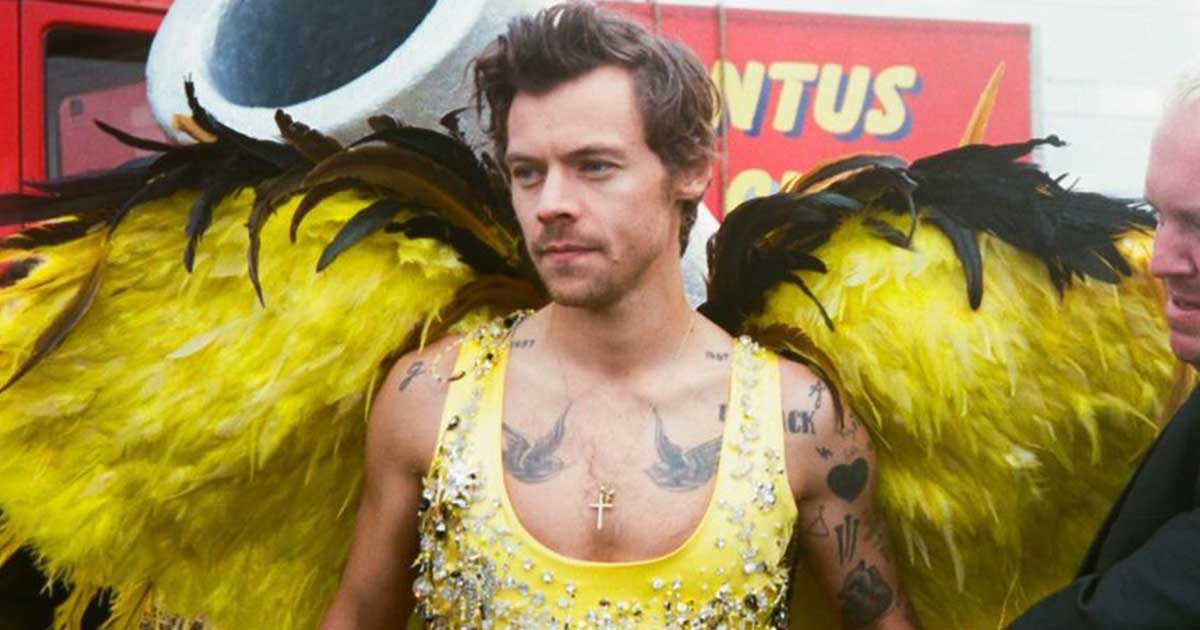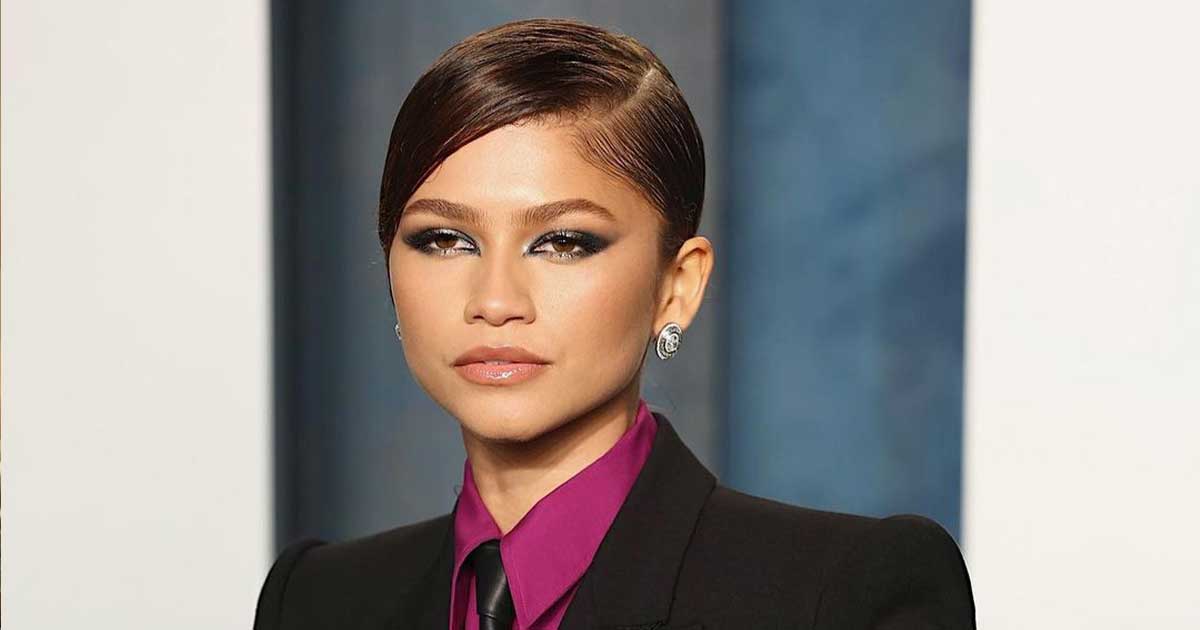On a magical Friday night in New York, Harry Styles took to the stage for the first time to perform his third album, Harry’s House, in its entirety. The crowd, draped in feathers, glitter, and tears, filled Long Island’s UBS Arena, creating a palpable energy that felt almost ritualistic. But this time, something shifted in the encore. Instead of closing with his usual anthem, “Kiwi,” Styles chose to end with a second rendition of his single “As It Was,” a poignant reflection on isolation and change. The crowd erupted, leaving Styles a bit taken aback.
“We came offstage, and I just wanted to sit by myself for a minute,” he recalls two months later. “After One Direction, I never expected to experience anything new. I thought, ‘Alright, I’ve seen how crazy it can get.’ But the energy felt insane.”
At 28, Styles had unlocked a new level of stardom. He was no longer just a One Direction member, filling stadiums; he was headlining them as a solo artist. “As It Was” had become a global sensation, topping charts in over two dozen countries and shattering streaming records. Styles noticed a change in how he was perceived, especially among men, as they began to engage with his music more. “It feels like a weird comment because it’s not like men was the goal. It’s just something I noticed.”
Trending
Backstage at Coachella, surrounded by friends like Shania Twain and his girlfriend Olivia Wilde, Styles felt the overwhelming love from fans. “As It Was” played everywhere—cabs, bars, breakfast spots—making his presence in 2022 impossible to ignore. But in a hotel suite in Hamburg, Germany, Styles appeared more like a friendly, sporty older brother than the gender-bending style icon he’s known to be. Dressed casually in a blue Adidas track jacket and gym shorts, his hair pulled back with a claw, he seemed grounded amidst his rising stardom.
A millennial anomaly, Styles kept his phone at a distance, demonstrating a Zen-like focus. He conversed with a deliberate drawl, contrasting the playful energy he once exuded in One Direction. Yet, he remained affable, recalling previous chats and genuinely curious about life beyond music.
“My great uncle lives here,” he shared, reminiscing about family visits and the language barriers of his childhood. “The only word in English [my cousin] knew was ‘lemonade.’ I never knew if she wanted lemonade or just water.”
The pandemic delayed his return to cities like Hamburg and forced him to pause his career. But during that time, Styles enjoyed personal growth, moving in with friends in Los Angeles and focusing on music creation. Collaborating with producers, he crafted Harry’s House, drawing inspiration from Haruomi Hosono’s Hosono House. Styles treated the album like an internal monologue, encapsulating a day in his life.
As he traveled, he reflected on the surreal experiences during lockdown, from driving to Italy to visiting the Trevi Fountain, where he encountered few tourists. “You’d just think, ‘Weird time, isn’t it?’ and then go, ‘Yeah, it’s fucking insane!’”
Throughout the chaos, Styles recognized the importance of connection. “I really would’ve struggled if I’d done the whole thing by myself,” he acknowledged, echoing themes from “As It Was.” As he prepared for his world tour, he enjoyed the sweet rewards of success: a skincare line, fashion collaborations, and a blossoming film career, including roles in Don’t Worry Darling and My Policeman.
In Hamburg, Styles pondered the complexities of being the world’s most wanted man, balancing fame with personal relationships. After sold-out Wembley shows, he embraced post-show rituals, including showering to wash away the overwhelming energy from his performances. “Washing it off, you’re just a naked person in your most vulnerable, human form,” he explained.
Despite the immense love from fans, Styles grappled with his need for privacy. As he navigated his stardom, he recognized the importance of therapy. “I committed to doing it once a week,” he said. “I felt like I exercise daily and care for my body, so why wouldn’t I do that with my mind?”
Through therapy, Styles confronted feelings he hadn’t previously understood, embracing vulnerability and the importance of kindness. He learned to separate his public persona from his private life, allowing himself space to grow while still being a source of empowerment for his fans.
Ultimately, Styles strived for a balance. “I think I’m professional when I work, but when I’m not, I’m not,” he said. “I’d like to think I’m open, but I can be selfish sometimes. Still, I want to be a caring person.” In the whirlwind of fame, Harry Styles has become a symbol of modern pop stardom. He wrestles with the intricacies of life under the spotlight while remaining true to himself.
For more such updates, check out Hollywood News.
Follow Us: Facebook | Instagram | Twitter | Youtube | Google News
The post When Harry Styles Became The World’s Most Wanted Man—Here’s The Real Story appeared first on Koimoi.


